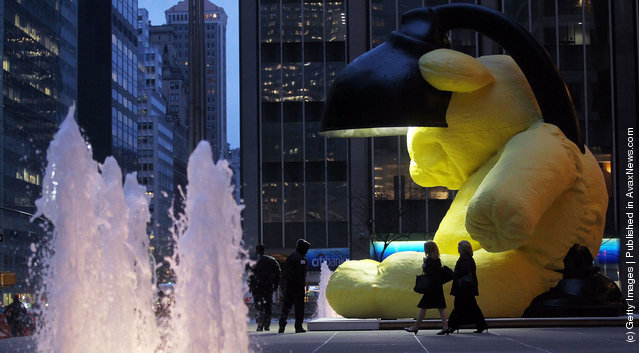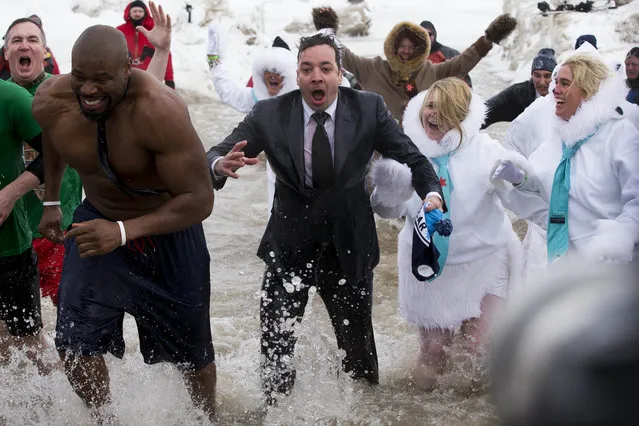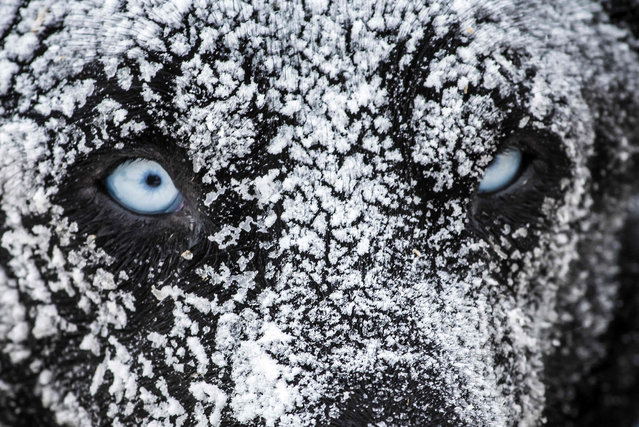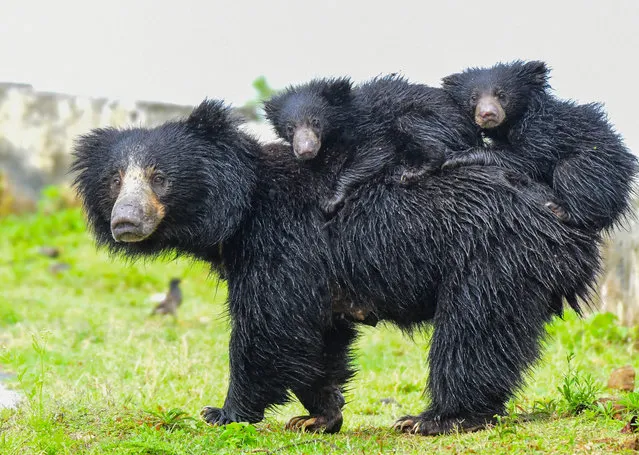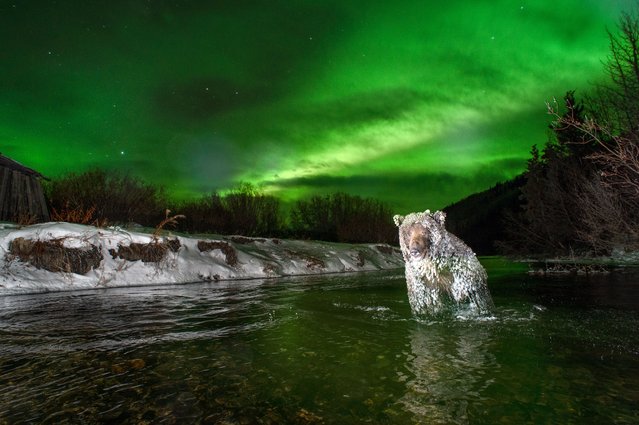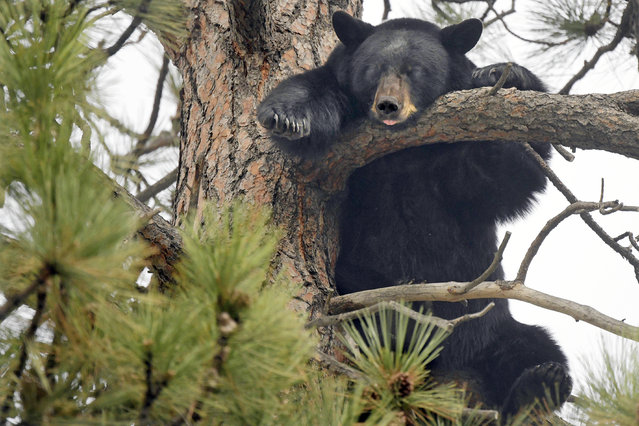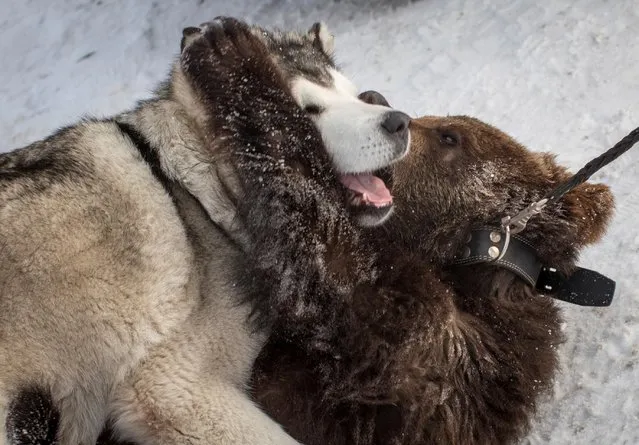
Andreyka, a 10-month-old female bear cub, plays with Rommi, an Alaskan malamute, at the Siberian Zoo in the settlement of Listvyanka, Irkutsk Region, Russia on December 9, 2020. The bear cub, which was found in a weak condition earlier this year, now play-fights with the Alaskan malamute, who adopted her and has seen three generations of bear cubs brought up in the Siberian zoo and released back into the wild. (Photo by Yuri Novikov/Reuters)
17 Dec 2020 00:05:00,post received
0 comments

